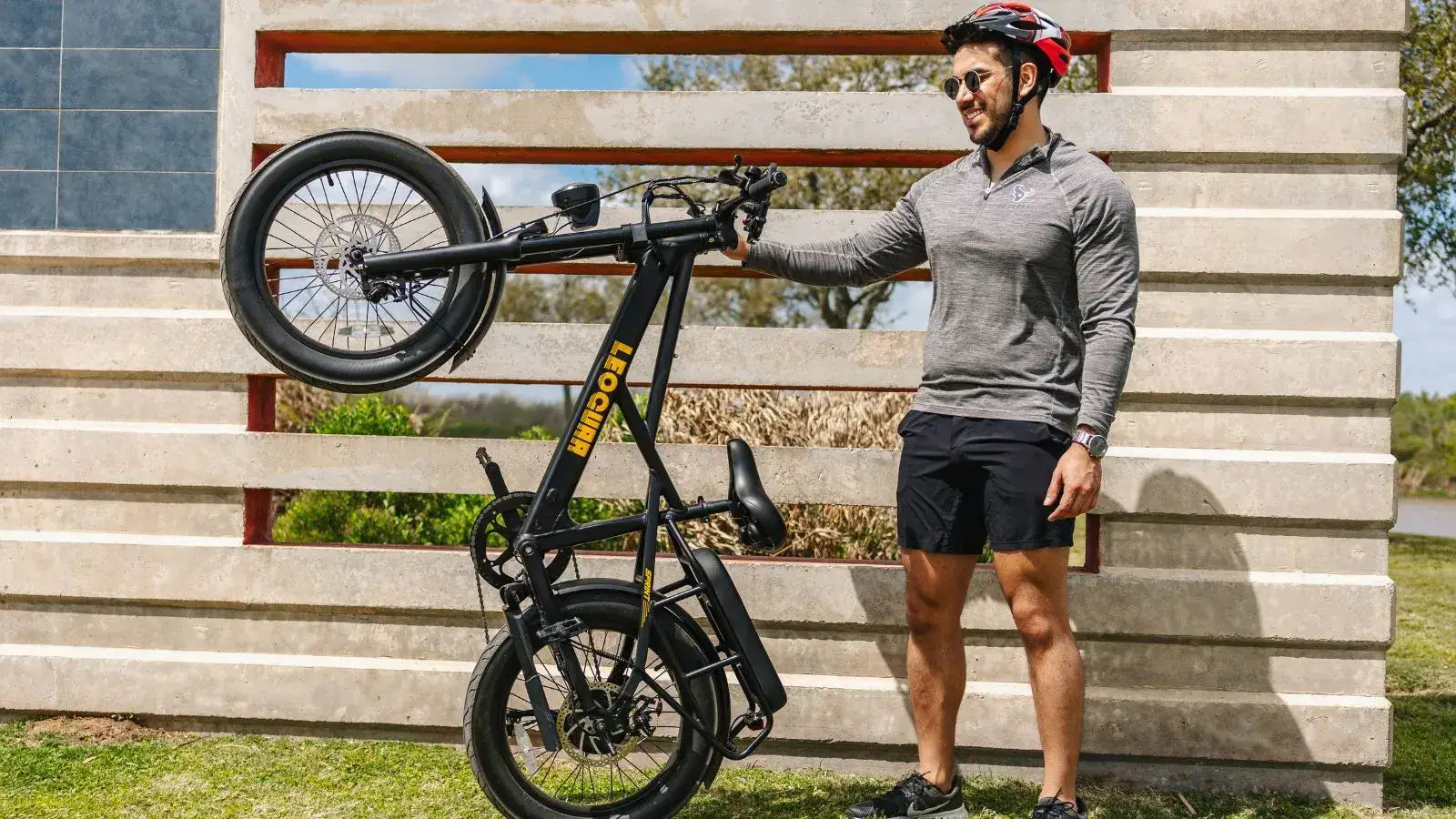
IoT Technology: Connecting Your eBike to the World of Smart Devices
In recent years, electric bikes (eBikes) have rapidly gained popularity worldwide, becoming a go-to choice for short urban commutes and recreational rides. At the same time, the fast development of Internet of Things (IoT) technology is making eBikes smarter, more efficient, and safer. Thanks to IoT, eBikes can now offer remote control, smart navigation, anti-theft tracking, and optimized battery management, all while enhancing the overall riding experience. In this article, we'll explore how IoT is transforming eBikes into truly "smart vehicles."
What is IoT and How Does It Work with eBikes?
The Internet of Things (IoT) refers to the connection of various physical devices through the internet, allowing them to collect and exchange data while being managed intelligently. In eBikes, IoT technology comes into play in the following ways:
-
Sensors (like GPS, accelerometers, and gyroscopes) collect riding data.
-
Wireless communication modules (such as 4G/5G, Bluetooth, and Wi-Fi) enable devices to communicate with each other.
-
Cloud computing and AI analyze the data and offer smart recommendations.
With these technologies, an eBike becomes more than just a simple electric assisted vehicle. It transforms into a smart device that can actively adapt to the rider's needs and optimize performance.
How IoT Enhances the Smart Features of eBikes
Smart Navigation and Route Optimization
Traditional eBike navigation relies on smartphones, but IoT technology allows eBikes to have built-in smart navigation capabilities:
-
Real-Time Traffic Analysis: By using cloud data, eBikes can recommend the best routes, helping riders avoid traffic jams or dangerous areas.
-
Adaptive Path Adjustment: Based on the rider's habits (like preferring bike lanes or energy-saving modes), the eBike can automatically adjust its navigation strategy.
-
Offline Maps and Voice Guidance: Some high-end eBikes come with built-in navigation screens, reducing the need for a smartphone.

Remote Control and Smart Locking
IoT enables smart eBike to be controlled via a smartphone app, offering features like:
-
Remote Start/Locking: No need for keys—simply unlock the bike with a tap on your phone to prevent theft.
-
Shared Riding Mode: Owners can temporarily authorize others to use the eBike (e.g., sharing it with a friend or using a bike-sharing service).
-
Anti-theft Tracking: Built-in GPS and motion alerts notify the owner if the bike moves unexpectedly.
Battery Management and Range Optimization
The battery is at the heart of any eBike, and IoT can significantly improve its efficiency:
-
Smart Charging Recommendations: Based on riding habits and battery health, eBikes can suggest the best times to charge.
-
Energy Consumption Analysis: By considering road conditions and riding modes (like sport or eco), the eBike can adjust motor output to extend battery life.
-
Battery Health Monitoring: Continuous tracking of battery status allows early warnings for wear or malfunction.
Smart Safety Features
IoT boosts the safety of eBikes in many ways:
-
Collision Detection and Emergency Assistance: In the event of an accident, the eBike can automatically send location information to emergency contacts.
-
Adaptive Lighting: The bike's lights automatically adjust based on surrounding light levels, enhancing safety during night rides.
-
Tire Pressure and Brake Monitoring: Sensors monitor the bike's condition in real-time and alert the rider to perform necessary maintenance.
Social and Data Sharing
IoT makes the riding experience more interactive:
-
Riding Data Tracking: Records speed, distance, and calorie consumption, helping riders set fitness goals.
-
Team Connectivity: When riding in a group, eBikes can share locations to prevent anyone from getting left behind.
-
Community Challenges: Participate in riding leaderboards through the app, making riding more fun and competitive.
How IoT Is Transforming the eBike Industry
Electric bikes are already changing the way we commute, but when you add IoT (Internet of Things) technology into the mix, things get even more exciting. Smart features powered by IoT are making eBikes more secure, more efficient, and way more fun to ride. Let’s take a look at how this tech is shaping the future of connected electric bikes—and what it means for riders and the industry alike.
Real-World Examples of IoT in eBikes
1. VanMoof: Built-In GPS and Seamless Smart Riding
Dutch eBike maker VanMoof is leading the charge with high-tech features like:
-
GPS Anti-Theft Tracking: If the bike gets stolen, it can be locked remotely or tracked to help recover it.
-
Automatic Gear Shifting: The eBike adjusts assistance based on terrain, giving riders a smooth, hassle-free ride.
2. Bosch eBike Connect: Your Personal Smart Assistant
Bosch’s IoT platform connects riders to a whole ecosystem of smart features:
-
Customizable Ride Modes: Switch between sport, touring, or eco mode depending on your ride.
-
Cloud Syncing: Your ride data automatically syncs to the cloud and can be viewed on your phone or smartwatch.
3. Cowboy: AI-Powered Riding Experience
Belgium-based Cowboy uses artificial intelligence to improve power delivery:
-
Smart Motor Assistance: The bike boosts power automatically when going uphill or riding against the wind.
-
Wireless Updates: The system upgrades itself over time with performance-enhancing firmware updates.

What’s Next: Future Trends in IoT-Enabled eBikes
1. V2X Communication for Safer Streets
IoT may soon allow eBikes to communicate with vehicles, traffic lights, and road systems—what’s called V2X (vehicle-to-everything):
-
Smart Traffic Light Timing: eBikes could adjust speed to sync with green lights, reducing wait time at intersections.
-
Blind Spot Alerts: Get warnings when cars are approaching from behind or out of view.
2. AI-Personalized Riding
With machine learning, smart eBikes could soon become true riding companions:
-
Custom Ride Profiles: The bike learns your habits and adjusts power, route preferences, and settings automatically.
-
Predictive Maintenance: Get alerts before something breaks—saving time, money, and frustration.
3. Smarter Energy Solutions
IoT is opening the door for cleaner, more efficient power options:
-
Solar Charging Support: Some eBikes may soon feature solar panels for extended range and eco-friendly charging.
-
Battery Swap Networks: IoT integration could guide riders to the nearest battery swap station—great for long rides or delivery use.
The Challenges Behind Smart eBikes
Of course, no new tech comes without a few bumps in the road. Here are some key concerns:
-
Data Privacy: As more ride data gets collected, protecting user information becomes a top priority.
-
Compatibility Issues: Not all smart eBike systems are built to communicate with each other—yet.
-
Cost of Innovation: Advanced features can push up prices, making affordability a concern for some buyers.




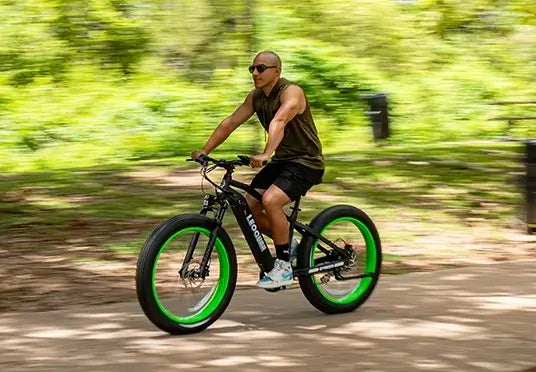



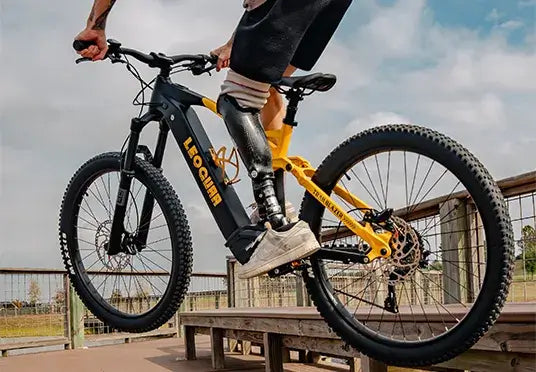


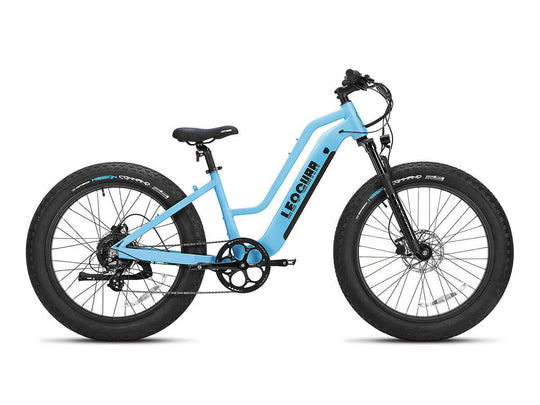
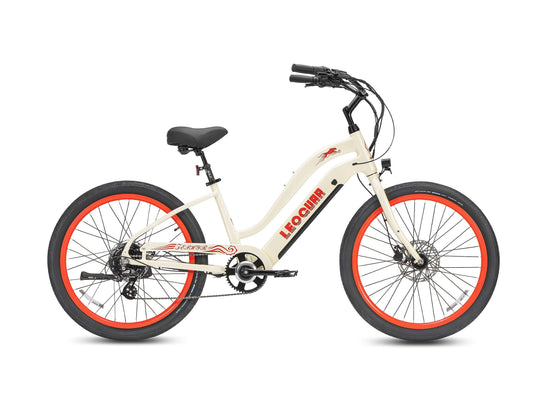
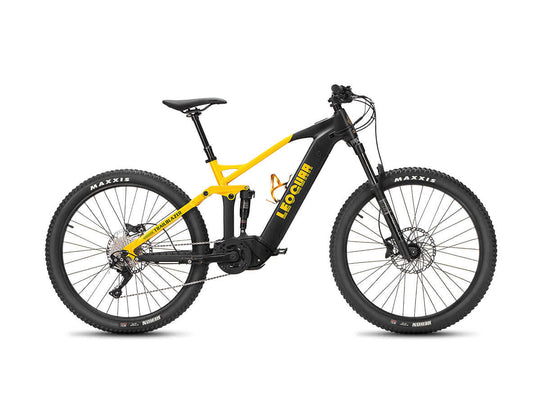
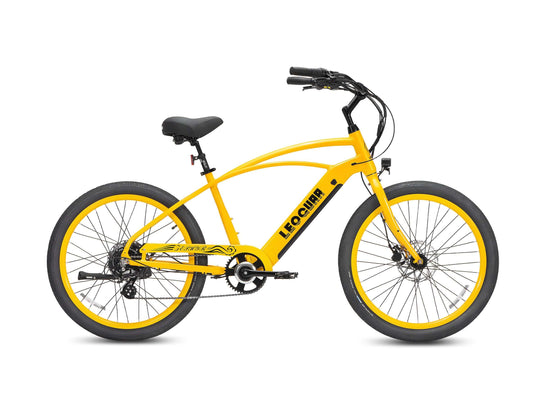
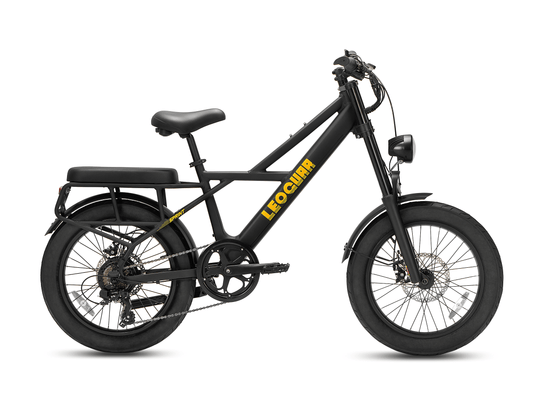

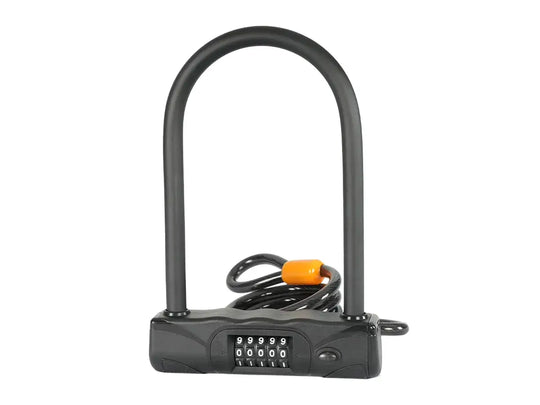
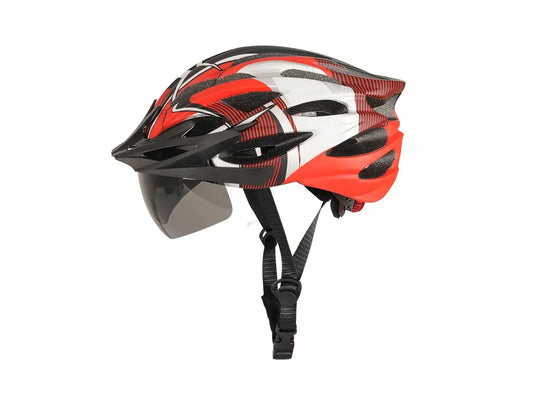
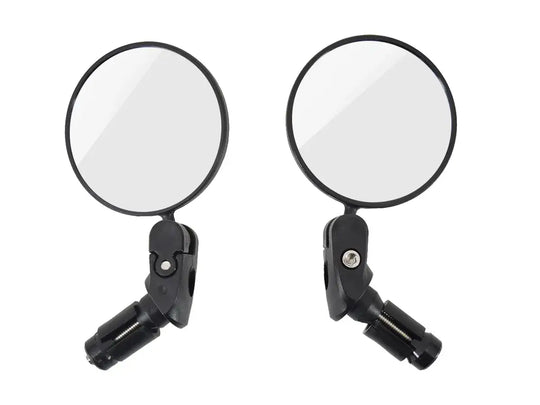

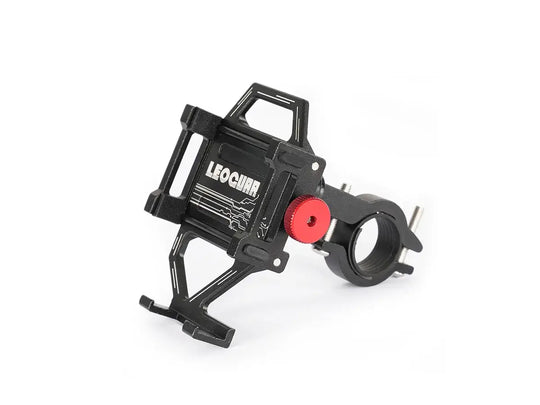


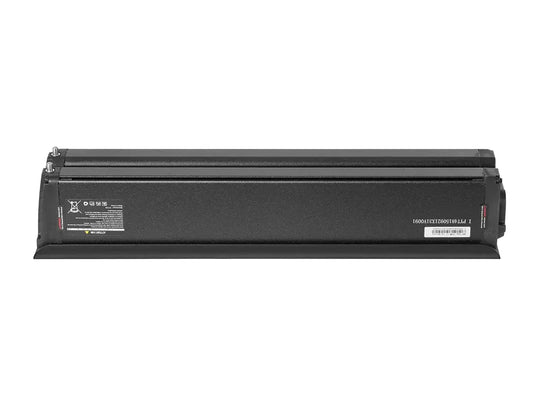
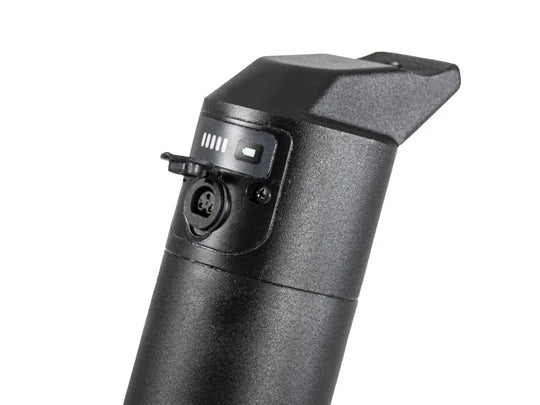
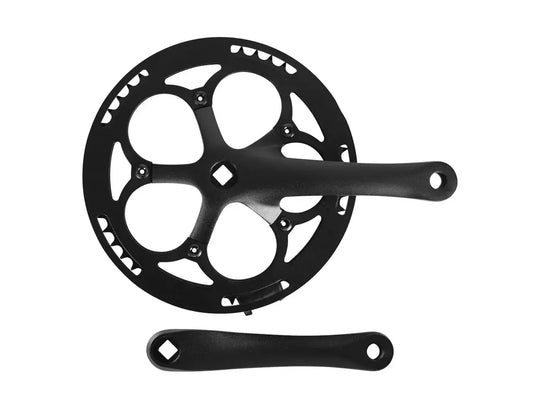
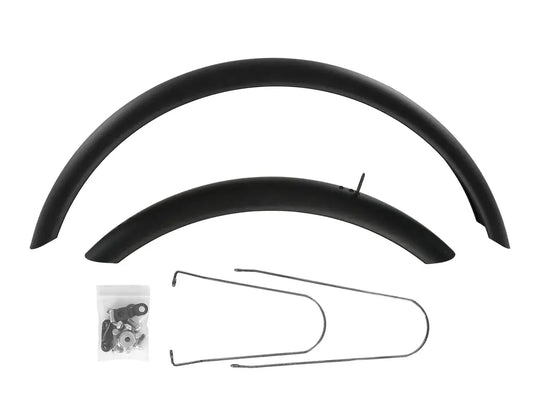
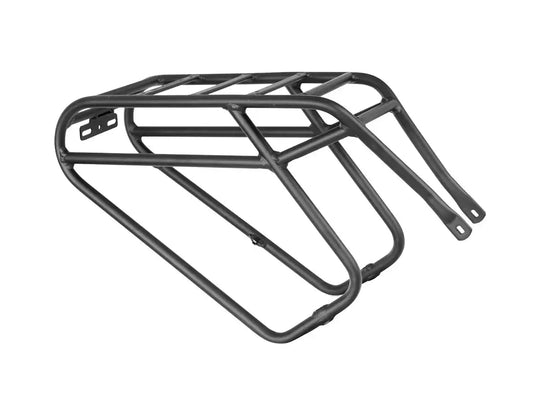
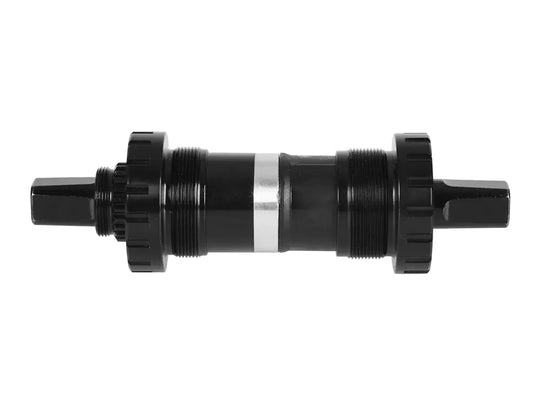
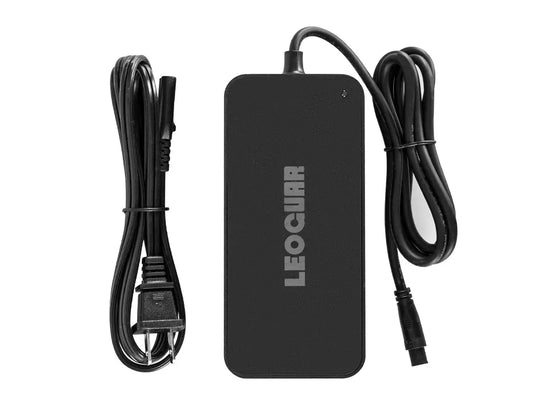
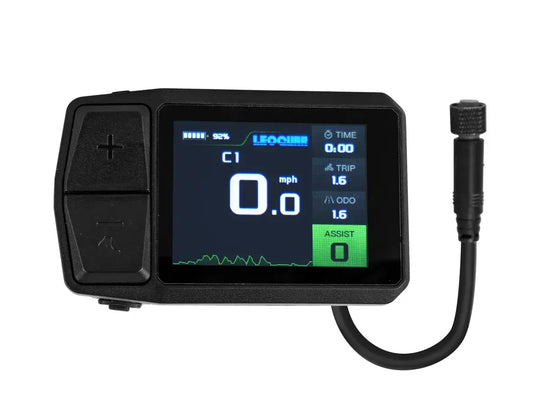
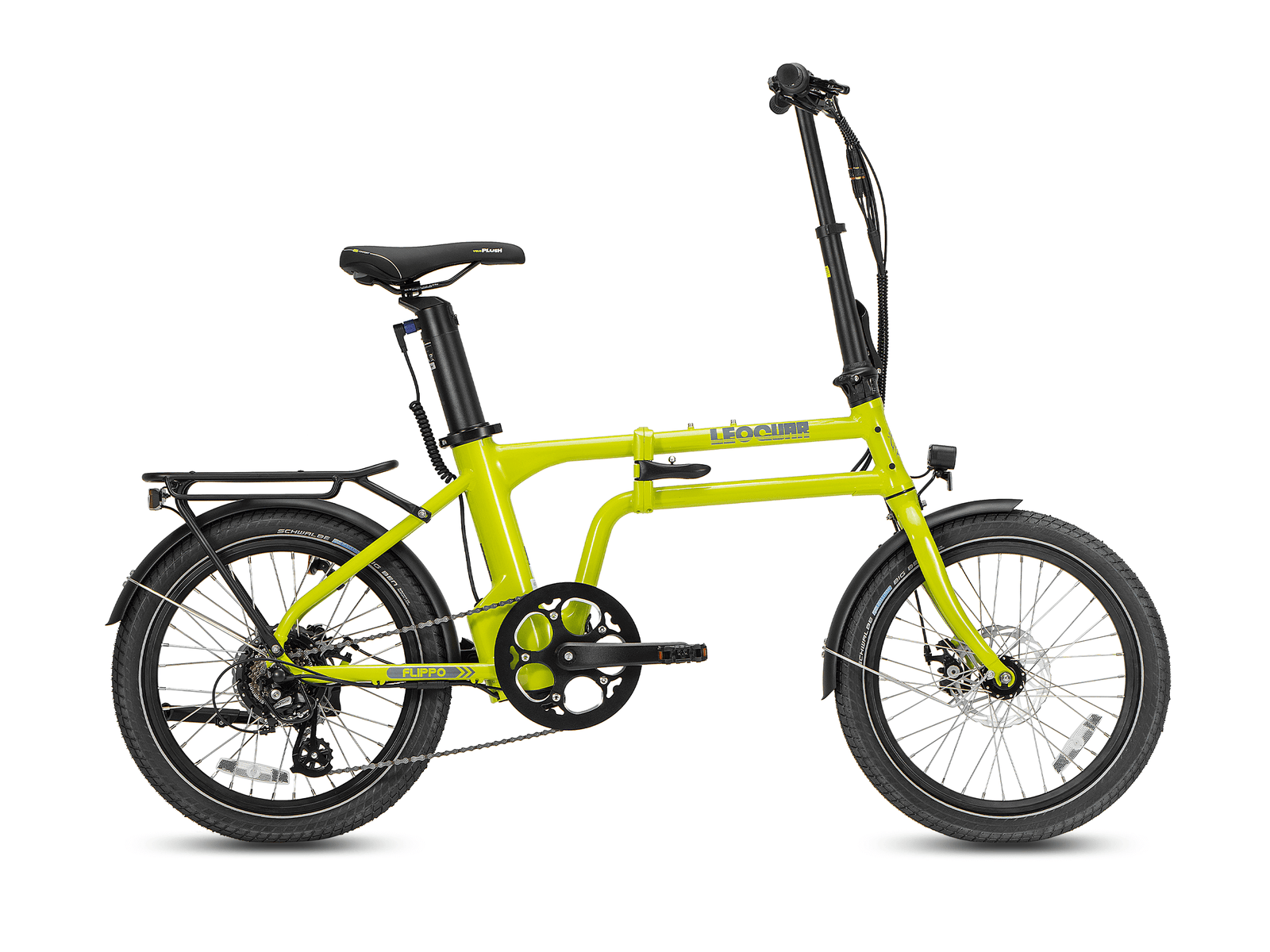








Leave a comment